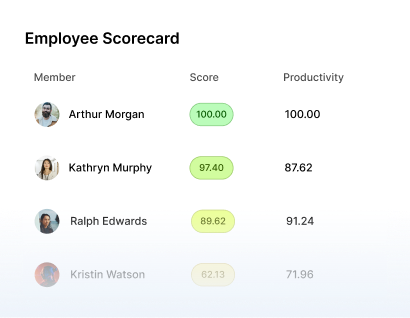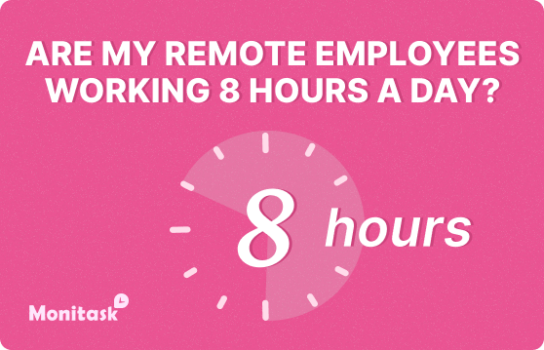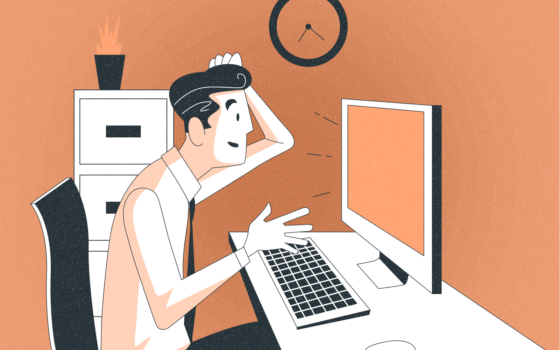GDPR Requirements for Employee Monitoring: A Comprehensive Guide
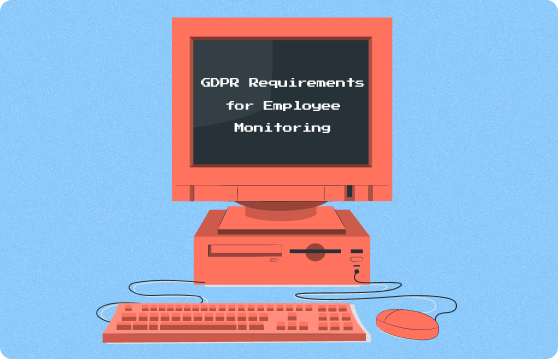
With the increasing adoption of employee monitoring tools in workplaces, organizations in the European Union (EU) must navigate the General Data Protection Regulation (GDPR) to ensure compliance.
Employee monitoring can provide valuable insights into productivity and security, but it also raises significant privacy concerns. GDPR establishes clear rules to balance organizational needs with employee privacy rights.
This article explores GDPR’s requirements for employee monitoring, key legal considerations, and actionable best practices for implementing monitoring solutions responsibly.
We’ll also dive into employers’ rights to monitor employees and how these rights must align with GDPR’s robust privacy protections.
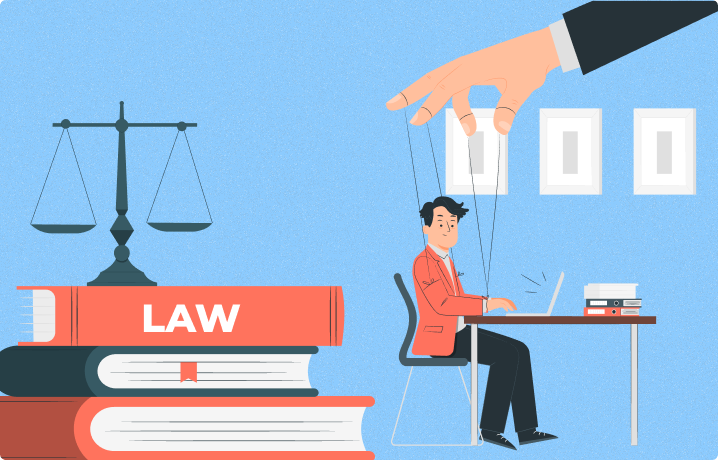
What Is Employee Monitoring?
Employee monitoring refers to observing, recording, or analyzing employee activities in the workplace using tools such as time tracking software, surveillance cameras, or communication monitoring systems. Employers often use these methods to:
- Ensure productivity.
- Safeguard sensitive data and systems.
- Prevent misconduct or fraud.
However, as monitoring involves collecting personal data, it’s critical to align these practices with GDPR requirements to avoid infringing on employees’ privacy rights.
GDPR Overview and Its Implications for Employee Monitoring
The GDPR is one of the strictest data protection regulations globally, aiming to protect the privacy and data of EU citizens. For employee monitoring, GDPR considers data collected through monitoring as personal data, bringing it under its legal framework.
When planning employee monitoring, organizations must adhere to several GDPR principles:
Each principle ensures that monitoring activities serve legitimate purposes, minimize data collection, and respect employees’ rights. These principles form the foundation for any compliant monitoring strategy.
Employer’s Right to Monitor Employees
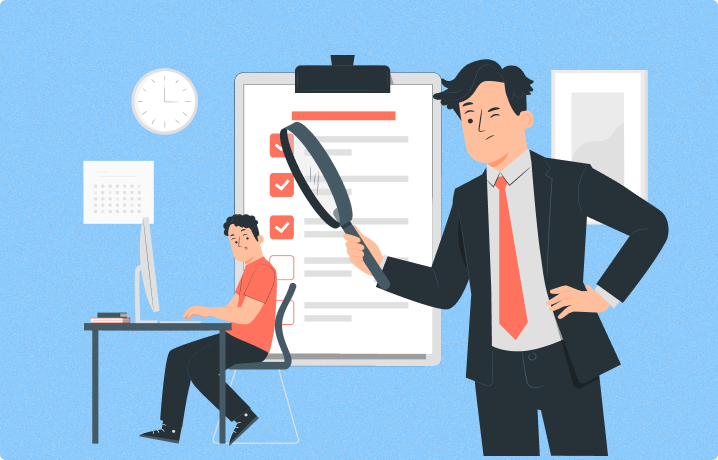
Employers have the right to monitor employees, but this right is not absolute. Under GDPR, monitoring must balance business needs with respect for employees’ privacy. Legitimate reasons for monitoring may include:
- Protecting company assets and intellectual property.
- Ensuring compliance with company policies or legal obligations.
- Tracking productivity to optimize workflows.
- Investigating allegations of misconduct or fraud.
Limitations to Monitoring Rights:
While employers can monitor employees, GDPR requires that the monitoring:
- Is proportionate to the business purpose.
- Avoids unnecessary intrusion into personal or non-work-related activities.
- Is communicated transparently to employees.
For example, covert monitoring is allowed only in exceptional circumstances, such as preventing serious criminal activity, and must still comply with GDPR’s proportionality and necessity principles.
Maximize productivity of your business
Track employee productivity and simplify work with them
Legal Basis for Employee Monitoring Under GDPR
Before implementing any monitoring practice, organizations must establish a lawful basis for processing employee data. GDPR provides several options, but not all are suitable in every context.
Common Legal Bases for Monitoring:
Each organization must carefully evaluate its chosen legal basis and ensure the monitoring aligns with GDPR’s core principles.
Transparency and Communication
Transparent communication is vital to ensuring GDPR compliance in employee monitoring. Employees must be fully informed about monitoring practices and their purposes. Failing to communicate openly could result in legal challenges and erode trust within the workplace.
What Employers Should Communicate to Employees:
- Data Collection:
What information will be collected (e.g., time logs, email activity)? - Purpose:
Why the data is being collected (e.g., to improve productivity, ensure compliance). - Data Usage:
How the data will be used and who will have access to it. - Retention:
How long the data will be stored and when it will be deleted.
Employers should also provide this information in written policies, such as an employee privacy notice or company handbook.
Best Practices for Lawful Employee Monitoring

Lawful monitoring under GDPR requires careful planning and ongoing diligence. Employers must respect privacy rights while meeting business objectives.
1. Conduct Regular Data Protection Impact Assessments (DPIAs)
DPIAs help employers evaluate the necessity, proportionality, and potential risks of monitoring practices. These assessments ensure that monitoring is justified and aligned with GDPR requirements.
2. Limit Data Collection to What Is Necessary
Avoid over-monitoring by focusing on specific data needed to achieve legitimate purposes. For example, monitoring work-related emails is acceptable, but tracking personal emails may not be.
3. Avoid Intrusive Monitoring
Refrain from overly invasive practices, such as recording private conversations or monitoring employees outside of work hours, unless strictly necessary and lawful.
4. Choose GDPR-Compliant Monitoring Tools
Opt for tools, such as Monitask, that include features like customizable tracking, secure data storage, and employee-friendly interfaces to ensure compliance.
5. Train Managers and HR Teams
Educate key stakeholders about GDPR principles and the importance of maintaining a balance between monitoring and employee privacy.
6. Establish Clear Policies
Create and share monitoring policies that outline the scope, purpose, and rules of monitoring. Regularly review and update these policies to reflect changes in technology or regulations.
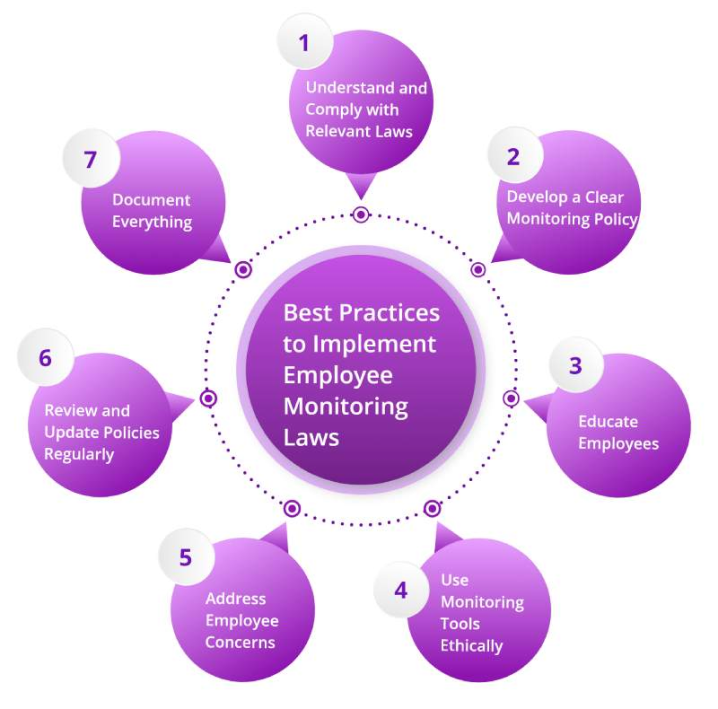
Conclusion
Employee monitoring is a valuable tool for ensuring productivity and security, but it must be implemented responsibly under GDPR.
Employers have the right to monitor their workforce, but this right must be balanced with respect for privacy and adherence to GDPR principles.
By conducting DPIAs, maintaining transparency, and using GDPR-compliant tools like Monitask, organizations can achieve their business objectives while fostering trust and safeguarding employee rights.
With careful planning and ongoing compliance efforts, lawful and ethical employee monitoring is achievable.
– The Monitask Team
Frequently Asked Questions
Can employees refuse to be monitored?
Employees have the right to object if they believe monitoring infringes on their privacy rights. Employers must demonstrate the necessity and proportionality of their monitoring practices.
How can employers ensure lawful monitoring?
By conducting DPIAs, choosing GDPR-compliant tools, maintaining transparency, and following GDPR principles such as data minimization and purpose limitation.
How long can monitored data be retained?
Data should only be kept for as long as necessary to fulfill its purpose. Employers must define and communicate data retention policies.
What are the consequences of non-compliance with GDPR?
Penalties include fines of up to €20 million or 4% of global turnover, whichever is higher. Non-compliance can also damage employee trust and organizational reputation.
